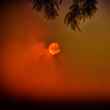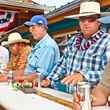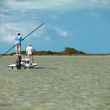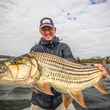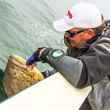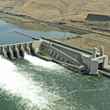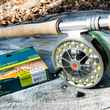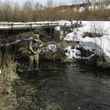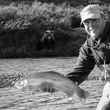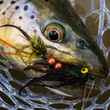We're pleased to formally announce our photo contest for this year. For the most part, the contest will be the same as in years past. That said, we will be doing just a few things differently this year, for a bit of a chance of pace.

This year, once the contest entry period has closed, we'll be opening up the submissions to our readers. We'll ask all of you to vote for your favorites and the judges will make their selections from amongst those that the readers liked the most (along with a few that the judges will select themselves). In addition to giving the readers a say in who wins, we're also running this years contest for most of the season, giving everyone more time to capture that winning photo.




